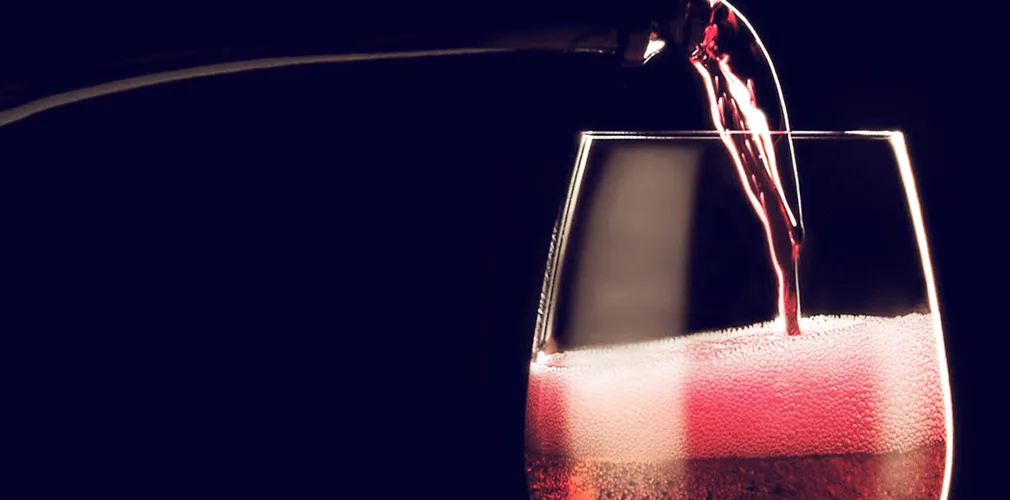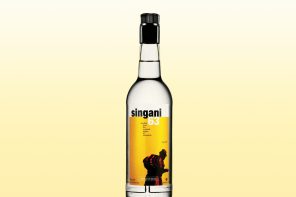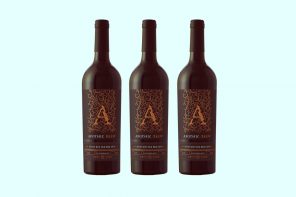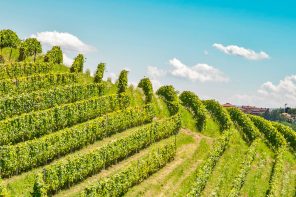Do you remember your first time?
The first time I tasted a serious, well-tended Lambrusco — about five years back — a whole new world of wine opened up. A world outside simply red versus white, sparkling versus still. The once-niche market of Lambrusco is expanding. Fortunately, curious wine drinkers are starting to stumble upon it.
[pullquote align=”right” cite=”” link=”” color=”#0396ec” class=”” size=””]“Wait, it looks like a red wine. Why is it fizzy? Oh wow, that’s different – a good different.”[/pullquote]A fizzy, occasionally frothy red wine named after the grape from which it’s crafted, Lambrusco is a crowd-pleaser from the northern Italian region of Emilia-Romagna. It’s typically made using the Charmat process, with a second fermentation in a pressurized tank. The wine’s hue can range from a rich, midnight purple to a lighter, more pinot-esque ruby.
“Lambrusco is a wine that is destined to make comeback in the U.S.,” says Devon Price, co-owner and co-founder of Sour Grapes Distributors out of Asheville, North Carolina. “It has that amazing ability to pair with fuller, fattier, grilled foods, all while remaining delicate, really entertaining and possessing relatively low alcohol.”
Let’s be clear. We’re not talking about the grocery store Riunite you’ll see for $6 or $7 a liter. But we’re also not talking about super high-end offerings. Sensational Lambruscos can be found within the $14 to $30 range.
Price suggests Quarticello, La Collina and Lini, all of which are available in the U.S. (Full disclosure: He reps Quarticello and La Collina.) The Vanderbilt in Brooklyn offers a fun and tasty Venturini Baldini Lambrusco dell’Emilia for $10 a glass and $36 a bottle.
After three decades, Lambrusco is still batting off a reputation as your cheap, zany aunt’s favorite quaffer. In the 1970s and ’80s, sweet Lambrusco was the highest-selling import wine in the U.S., with 13 million cases exported in 1984, according to Italian Wine for Dummies. But no more. The Lambrusco we’re talking about is small-batch stuff, produced out of a love for the land. These are wines you’ll need to seek out, but they’re well worth the adventure.
Since Lambrusco is typically chilled and possesses those subtle bubbles, you don’t expect it to flaunt the captivating characteristics of northern Italy’s finest. But the best Lambruscos do. They’re earthy, sensual and smoky, with medium acidity and touches of tobacco and sour cherry.
That said, Lambrusco’s ability to entertain remains one of its most obvious draws. It makes people say, “Wait, it looks like a red wine. Why is it fizzy? Oh wow, that’s different – a good different.”
“It’s just a dumb value for those who like good food, equally good friends and unpretentious wine,” Price says.
And for those who don’t speak Asheville, the “dumb” here is a good thing.









1 Comment